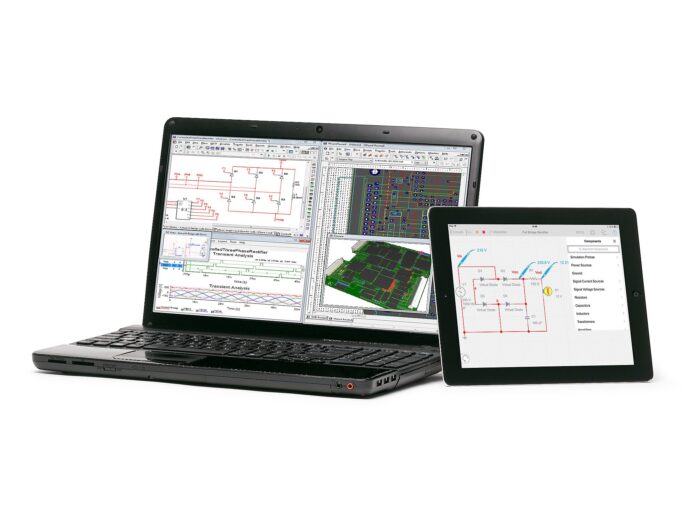Editor’s Note: The ability to test network and device features and functions is an important piece of technology development and deployment. RCR Wireless News looks weekly at the test and measurement space to see what’s afoot.
–A task group within the Mobile and wireless communications Enablers for the Twenty-twenty Information Society led by test company Anite has published the first channel models for 5G. METIS, which is co-funded by the European Commission, includes 29 major wireless industry players and has the main objective of laying the foundation for 5G. Anite is the only test and measurement company participating.
The interim channel models were co-authored by eight METIS partners, are part of the METIS Deliverable D1.2 and are generally available for 5G technology developers around the world.
“5G has extremely challenging technical requirements which means that testing the radio channel is even more important compared to previous cellular technologies,” Anite noted in a statement. “5G will adapt to various radio channel conditions in a more efficient way, utilizing all dimensions of the radio channel such as delay, frequency, time, location, elevation and polarization.”
Anite also added that “accurate radio channel model development enables higher data transmission volumes, which is why the definition of the radio channel model is seen as a key element in the development of 5G.”
—T-Mobile US has added application testing from Apkudo to its latest Android smartphone requirements for device OEMs.
Starting this month, Apkudo’s platform will be used to add app platform testing to T-Mobile US’ existing pre-launch approval processes for devices.
“T-Mobile is really focused on user experience, and adding Apkudo Approved testing will allow them to maintain a leadership position by helping to ensure the smartphones they sell work exactly as intended right out of the gate, increasing subscriber satisfaction and reducing returns,” said Josh Matthews, co-founder and CEO of Apkudo.
Watch an interview with Matthews here.
—Agilent Technologies said that its SystemVue 2013.08 Service Pack 1, which is its premier electronic system-level design and verification platform, now supports co-simulation with Mentor Graphic’s Questa functional verification platform. This allows system architects and FPGA designers to cross-valiadte RF and DSP architectures directly and design iterations in applications such as radar and communications.
—Fluke Networks launched the Network Time Machine for LTE/VoLTE this week, which is a portable LTE troubleshooting device.
“The proliferation of affordable smartphones, tablets, and other devices has sparked an ever-increasing popularity of mobile videos, games, and data applications,” said Amit Rao, GM of the Carrier Wireless Core product line at Fluke. “While networks have evolved from 3G to 4G/LTE to meet performance demands, network monitoring technologies have not kept pace. Network Time Machine LTE/VoLTE is the first troubleshooting appliance that can deliver the 20 [gigabit per second] performance required for high-performance wireless networks and—even more important—for creating loyalty among today’s fickle wireless subscribers.”
—Microwave Vision Group has introduced its latest personal electromagnetic field monitoring device. The EME Spy 200 measures six more frequency ranges than previous models, for a total of 20 predefined bands. Those now include LTE at 800 MHz/2600 MHz and extended coverage for TETRA bands.
—National Instruments has launched a $5 mobile app for Apple’s iPad that allows users to design and simulate circuits, with analysis included. The Multisim Touch (pictured above right) has a library of RLC components, transistors, operational amplifiers and other electronic components for fundamental design exploration.
The native app does not require a Wi-Fi connection to operate. Users can experiment with the app on the tablet, and export their designs via Dropbox or e-mail.

